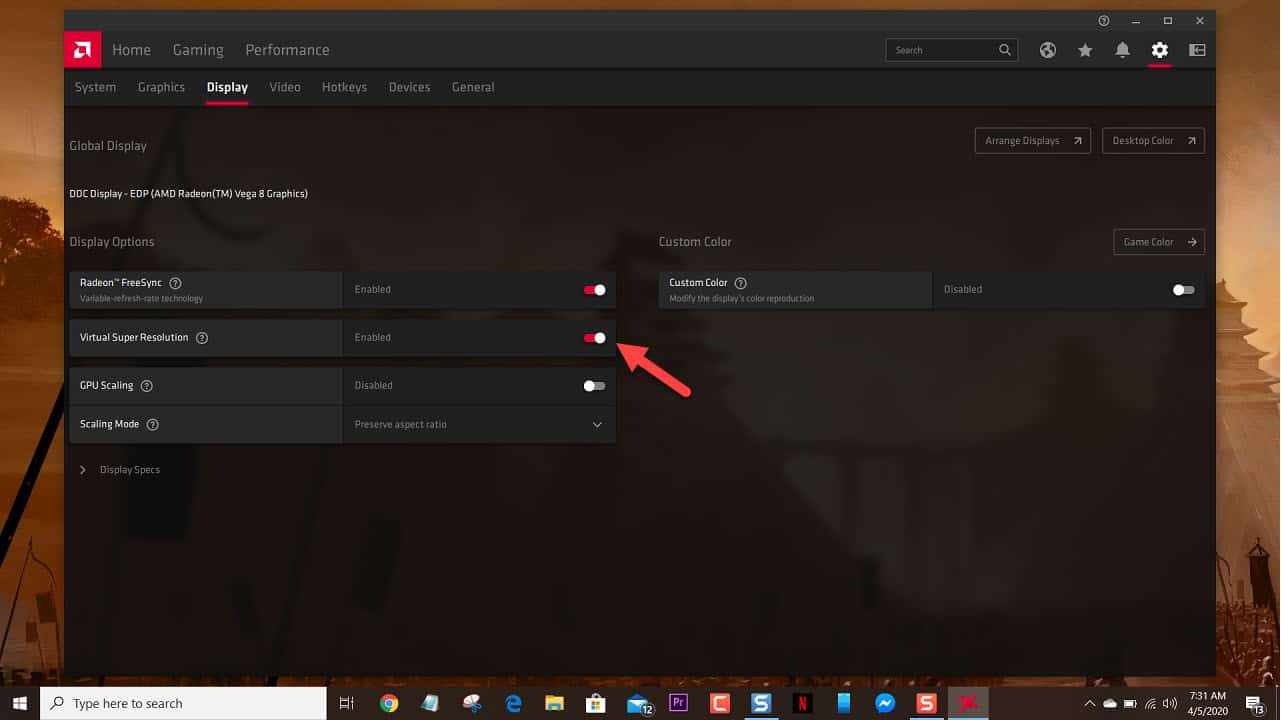

But it's still different, so if you're unlucky, the monitor could just detect that it's not a combination of parameters it's familiar with and refuse to show it. This would use more HDMI bandwidth than necessary, but would not be more taxing than the original mode in any way, and be identical in terms of pixel clock and refresh rates. In your case, a simple thing you could try is to copy all the parameters from the larger mode (3440 x 1440px) and simply change the "H. Without that knowledge, you can't really create a custom mode that is guaranteed to work, but you can make intelligent guesses, try to err on the side of caution, and just try what is working and not. The EDID is created by engineers familiar with the technical limitations and capabilities of that particular display. That's the meaning of "timing" in this context.įor standard modes, the monitor itself provides information to the graphics card about the timing it expects, through an information block called the EDID. Each pixel needs some time for transmission, but there's also some extra time required at the beginning and end of each line (horizontal front porch and sync), as well as at the beginning and end of each frame (vertical front porch and sync).

When a picture is transmitted from the graphics card to the monitor, it is essentially done a pixel at a time, scanning each line from left to right, starting with the line at the top and going downwards.


 0 kommentar(er)
0 kommentar(er)
